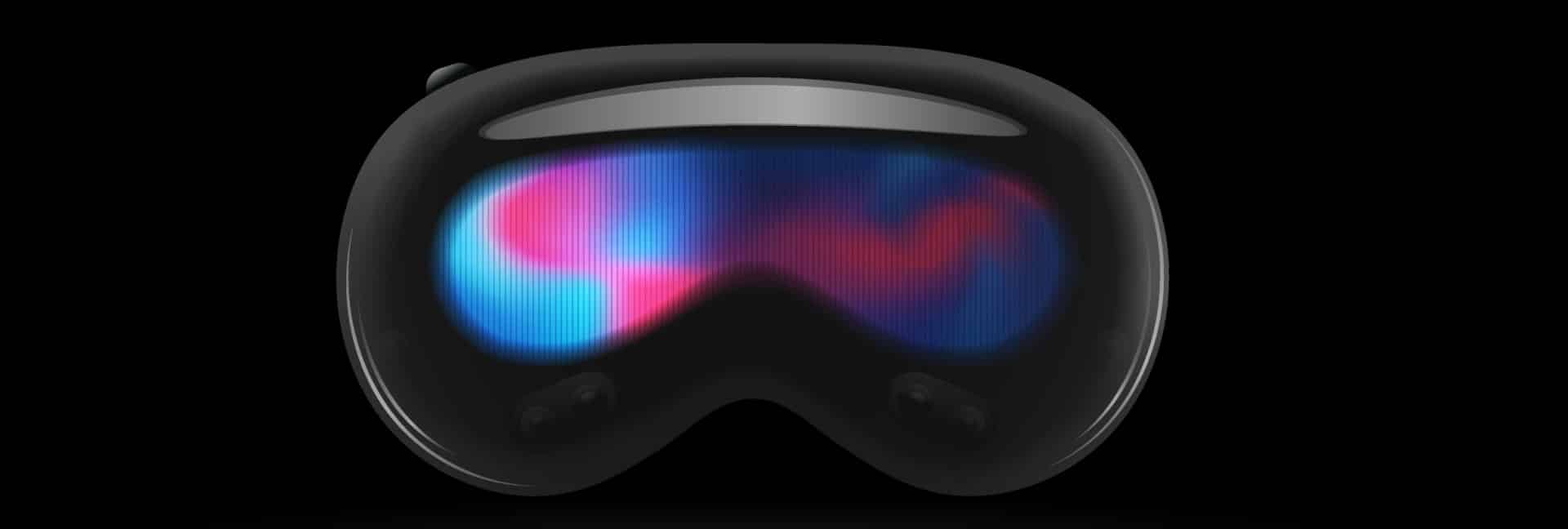Just before Apple unveiled its long-awaited XR headset to the world this summer, Meta quickly stole some of the limelight by announcing the launch of the Quest 3 this autumn.
The news of the Quest 3 followed several months of speculation, and the headset is the latest in Meta’s best-selling consumer range. The Quest 2 first launched three years ago; now, its successor is set to perform better and has mixed reality capabilities with depth sensors and colour-passthrough. All of this is in a slimmer headset.
Back when the headset was announced in June, the details were thin. And, although Meta will probably hold back on some details ahead of September’s Meta Connect Conference, we’re starting to get a better picture of what we can expect from the Quest 3.
Let’s take a look at what we know about the features, specifications, and release details of the Meta Quest 3.
How Much Will the Meta Quest 3 Cost?
Anyone interested in the Meta Quest 3 will want to know how much they’ll need to pay to own one. The base model will retail at $500 and feature 128GB of storage.
So, how does this compare with the Quest 2? Back in 2020, the Quest 2 hit the shelves with 64GB of storage, and a price tag of $300. In 2021, a revised base model saw the storage increase to 128GB, with a $400 retail price.
Will the Quest 2 Still Be Available?
At the time of Meta’s Quest 3 announcement, it was stated that both the Quest 2 and Quest Pro would remain available. The Quest 2 would, however, drop to $300.
Since announcing the Quest 3, Meta has pulled the plug on the Quest Pro. Although the headset currently remains in production, no more components have been ordered. This means that once production ceases, the final Quest Pros will be sold through.
Meta has indicated that there will be a version of the Quest 3 available with additional storage; however, the unit price or release date is yet to be determined.
What Are the Quest 3’s Specifications?
Meta’s Quest 3 follows the aesthetics of the Quest 2; however, it is slimmer with a “40% slimmer optic profile”. Much of the savings come from the headset’s new lenses.
A removable head strap on the Quest 2 allows users to swap the standard fabric strap for an ‘Elite’ strap. Images of the Quest 3 in use show the Elite strap; however, it’s unclear whether it will be the standard strap or if it will remain an optional extra.
Chipset
The Quest 3 will run on a new Qualcomm Snapdragon chipset. Although the exact specifications of the chip haven’t been disclosed, it’s believed that it will be the Snapdragon XR2 Gen 2. This should deliver a major boost to performance, offering double the graphics-handling abilities.
Sensors
In terms of sensors, there are three pill-shaped cutouts at the front of the headset. These are home to a new depth sensor and two 4-megapixel RGB cameras. These are used for colour-passthrough with ten times more pixels compared to the Quest 2’s black and white passthrough.
XR and Colour Passthrough
The Quest 3 has mixed reality capabilities. This is delivered through the full-colour passthrough and depth sensors. These are set to provide greater accuracy in the representation of the play space while understanding the physical space.
Bloomberg’s Mark Grman claims passthrough images are lifelike, and that you can see your phone screen while using passthrough mode.
Footage from the Quest 3 also indicates environment relighting. This changes colour and lightness within the real images so they naturally match the lighting of virtual content.
Environment Awareness
When using previous Quest models, users needed to define their environment manually in XR. Although Meta is yet to offer any details about how the Quest handles environment awareness, we know it has a depth sensor that should allow smoother setup while automatically identifying walls.
Footage found on Quest firmware shows automatic room scanning. In the video, the user walks around looking at furniture and walls while the Quest 3 maps every detail.
It’s also thought that the Quest 3 will allow colocation. This lets several users interact with the same virtual object placed at the same point in a shared physical space.
Lenses
The Quest 2 featured fresnel lenses, but last year, the Quest Pro used pancake lenses that require a shorter viewing distance, improving the size of the headset.
Pancake lenses are used to give the Quest 3 a slimmer profile. We don’t know yet if these will be exactly the same as those used on the Quest Pro; however, they should provide improved clarity and provide a wider field of view.
IPD
Leaked Quest 3 information reveals a spacing dial that provides step-less IPD adjustment. This means users can adjust their IPD while the headset is on, something that’s not possible with previous Quest models.
Resolution
So far, Meta has only disclosed that the headset will have the company’s highest-ever resolution display. Since Meta’s announcement, a couple of sources have indicated that the resolution will be 2064×2208 per eye.
Bloomberg’s Mark Gurman found the data in Quest firmware, while the Best Buy listing for the new headset claimed its resolution was nearly 30% higher than the Quest 2. Best Buy’s listing also specified a 120Hz refresh rate.
Battery Life and Charging
We know from Meta’s CTO, Andrew “Boz” Bosworth, that the Quest 3 will have a similar battery life to the Quest 2. An FCC approval has been granted for charging stands for both the headset and controllers.
Controllers
The Quest 3 won’t feature the tracking rings used in the Quest 2’s controllers. Instead, the new Touch Plus controllers will have more precise responses since they can be used closer together.
These new controllers will look more like those bundled with the Quest Pro. Unlike the Quest Pro, the Touch Plus controllers won’t have tracking cameras, but will have infrared LEDs like those used in the Quest 2. These will sit on the controller itself.
To get the best results, the Quest 3 will use controller-free hand tracking in conjunction with the controllers. The new controllers have recently received their FCC approval, so we know they are 2.4GHz wireless and use one AA battery.
What Games and Apps Will Be Available for the Quest 3?
The great news is that the Quest 3 can run any previous Quest title; however, we’re yet to hear about any exclusive games or apps. Any mixed reality games should work really well on the Quest 3.
When Is the Meta Quest 3 Released?
The exact launch date of the Quest 3 is still unknown; however, it will be sometime this autumn. The definitive release date will likely be announced at this year’s Connect conference on the 27th and 28th of September.
Watch this space for further updates.







